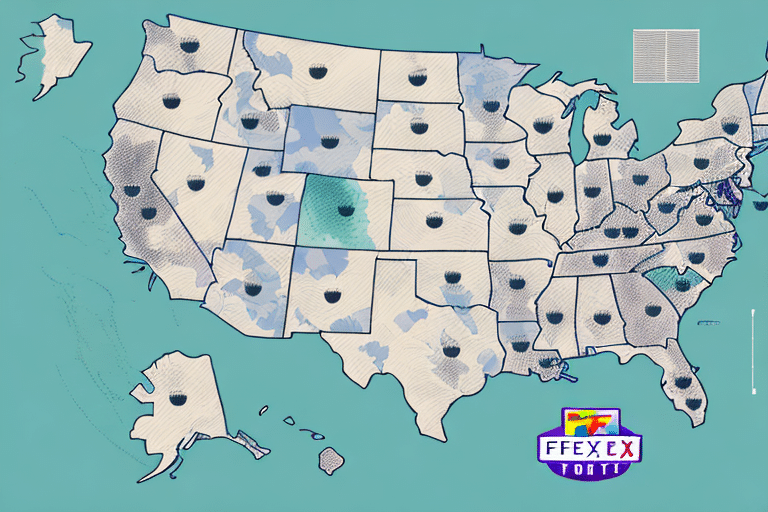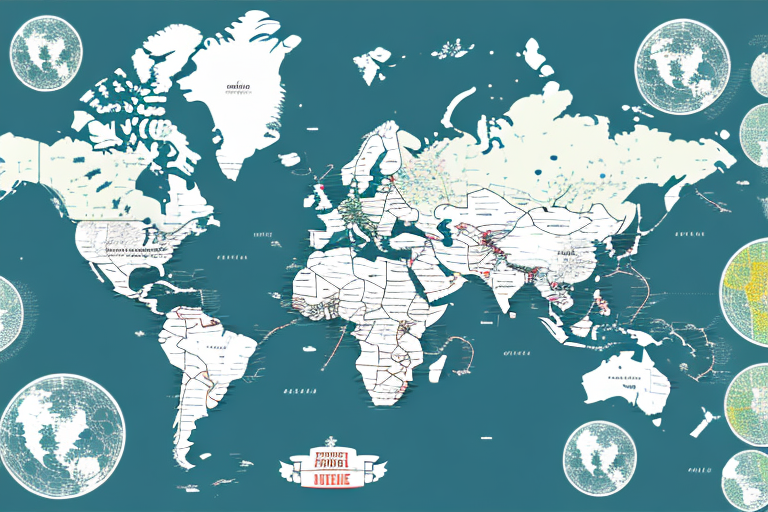Exploring FedEx Delivery Zones: What You Need to Know
Understanding FedEx Delivery Zones
FedEx delivery zones are geographic classifications used by the courier service to streamline the delivery process. These zones help optimize delivery routes, ensuring efficiency and timely arrivals. Each zone is determined based on the distance from the origin ZIP code to the destination ZIP code, with higher zone numbers typically indicating longer distances and higher shipping costs.
The Importance of Delivery Zones for Businesses
For businesses, comprehending FedEx delivery zones is crucial for several reasons:
- Cost Estimation: Accurate knowledge of delivery zones allows businesses to estimate shipping costs effectively.
- Delivery Timelines: Understanding zones helps in predicting delivery times, which is essential for customer satisfaction.
- Strategic Planning: Businesses can optimize their shipping strategies by analyzing zone-related data.
During peak seasons, such as holidays, delivery zones can significantly impact shipping schedules. By anticipating these variations, businesses can adjust their logistics to maintain reliable service.
According to FedEx's zone rate information, shipping rates increase with each additional zone crossed, emphasizing the need for strategic shipping decisions.
How to Determine Your FedEx Delivery Zone
FedEx provides tools to help businesses identify their delivery zones:
- FedEx Zone Locator: Input the origin and destination ZIP codes to find the corresponding delivery zone.
- Rate Calculators: Utilize FedEx's online calculators to estimate shipping costs based on zone and package details.
Using these tools, businesses can plan shipments more effectively, ensuring cost-efficiency and timely deliveries.
Residential vs. Commercial Delivery Zones
Understanding the distinction between residential and commercial delivery zones is vital:
- Residential Zones: Deliveries to homes often incur additional fees due to factors like limited access, parking constraints, and the need for package handling at individual residences.
- Commercial Zones: Deliveries to businesses benefit from easier access, ample parking, and the capability to handle larger packages, typically resulting in lower shipping costs.
Businesses should categorize their delivery destinations accordingly to optimize shipping expenses and improve delivery efficiency.
Strategies for Efficient Shipping Across Different Zones
To enhance shipping efficiency and reduce costs when dealing with various FedEx delivery zones, consider the following strategies:
- Consolidate Shipments: Group multiple packages into a single shipment to lower overall shipping costs.
- Choose Appropriate Shipping Speeds: Select shipping options that balance cost and delivery speed based on customer expectations and zone classifications.
- Utilize Flat-Rate Shipping: Where applicable, flat-rate shipping can offer cost savings, especially for heavier packages.
- Optimize Packaging: Efficient packaging reduces weight and dimensions, potentially lowering shipping costs.
Implementing these strategies can lead to significant cost savings and improved operational efficiency.
Cost-Saving Techniques for Shipping to Different Zones
Shipping costs vary across different FedEx delivery zones. To minimize expenses, businesses can employ the following tactics:
- Negotiate Shipping Rates: Establish contracts with FedEx to secure discounted rates based on shipping volume.
- Leverage FedEx Tools: Utilize FedEx's online shipping tools to compare rates and select the most economical options.
- Schedule Pick-Ups: Opting for package pick-ups can reduce transportation costs associated with drop-offs.
Additionally, adopting multi-carrier shipping solutions allows businesses to compare rates across different courier services, ensuring competitive pricing and optimal cost management.
Overcoming Challenges in Remote Delivery Zones
Shipping to remote areas presents unique challenges, including:
- Limited Infrastructure: Remote zones may lack adequate roads and transportation facilities, leading to potential delays.
- Weather Conditions: Adverse weather can impact delivery schedules and package safety.
- Security Risks: Increased risk of package theft or damage due to less secure delivery environments.
To mitigate these challenges, businesses can:
- Partner with Local Logistics Experts: Gain insights into navigating remote territories effectively.
- Use Specialized Packaging: Protect packages from environmental factors and enhance security.
- Implement Real-Time Tracking: Monitor shipments closely to ensure timely deliveries and address issues proactively.
Employing these solutions can help maintain reliable delivery services even in the most challenging environments.
The Impact of Distance on Delivery Times
Distance is a significant factor influencing FedEx delivery times. Longer distances naturally extend transit times, potentially affecting customer satisfaction. However, FedEx offers various shipping options to accommodate different delivery timelines:
- Overnight Shipping: For urgent deliveries requiring next-day arrival.
- Two-Day Shipping: Balances speed and cost for most business needs.
- Economy Shipping: Cost-effective option for less time-sensitive shipments.
Businesses should assess their delivery requirements and select the appropriate shipping method to meet customer expectations while managing costs effectively.
According to FedEx's 2023 research reports, optimizing shipping strategies based on distance and zone classifications can lead to improved delivery performance and reduced operational expenses.
Conclusion
Understanding and effectively navigating FedEx delivery zones is essential for businesses aiming to optimize their shipping processes, reduce costs, and ensure timely deliveries. By leveraging FedEx's tools, implementing strategic shipping practices, and addressing the challenges associated with different zones, businesses can enhance their logistics operations and improve customer satisfaction.
Staying informed about FedEx's latest services and tools, as well as industry best practices, will further support businesses in maintaining a competitive edge in their shipping strategies.






















